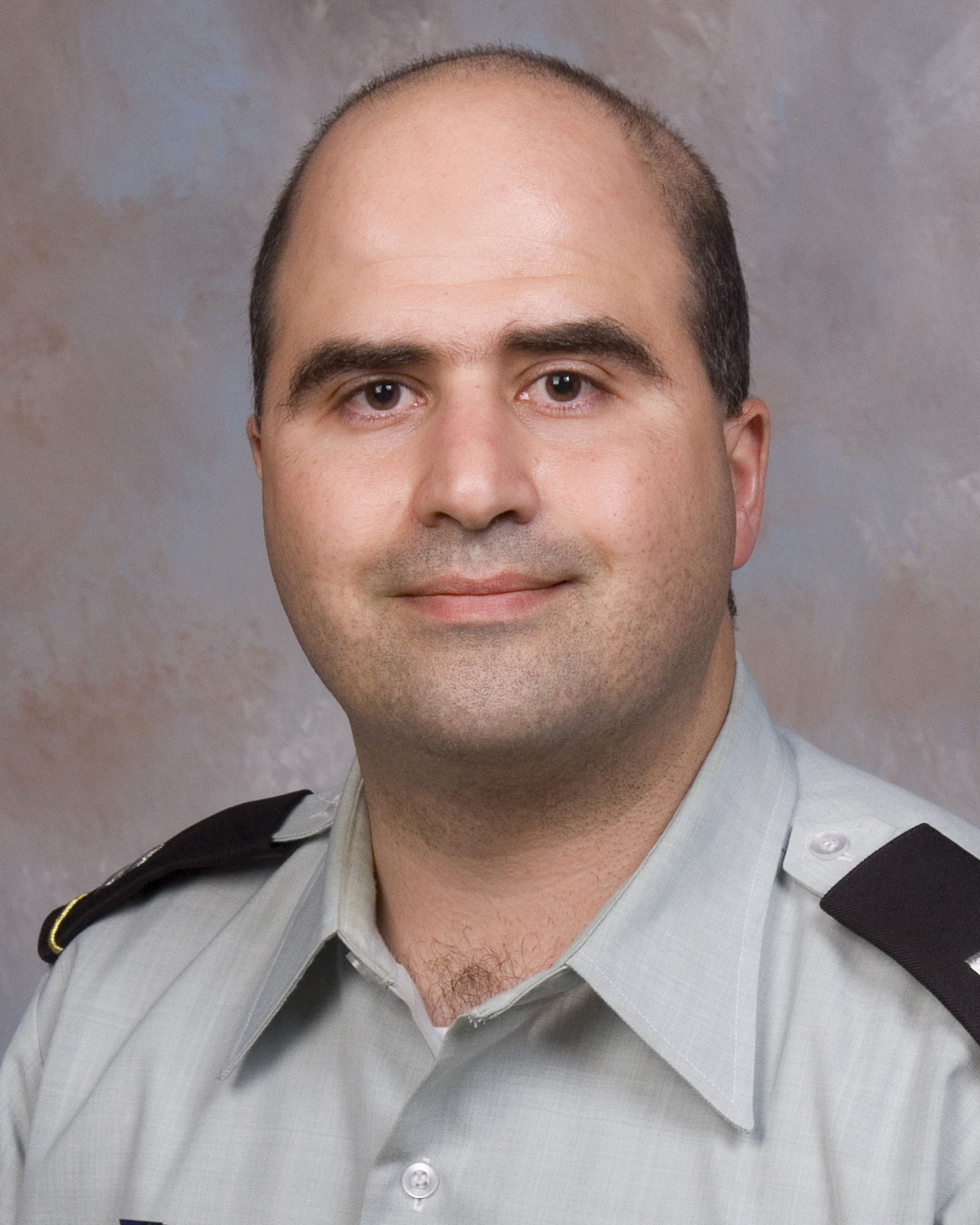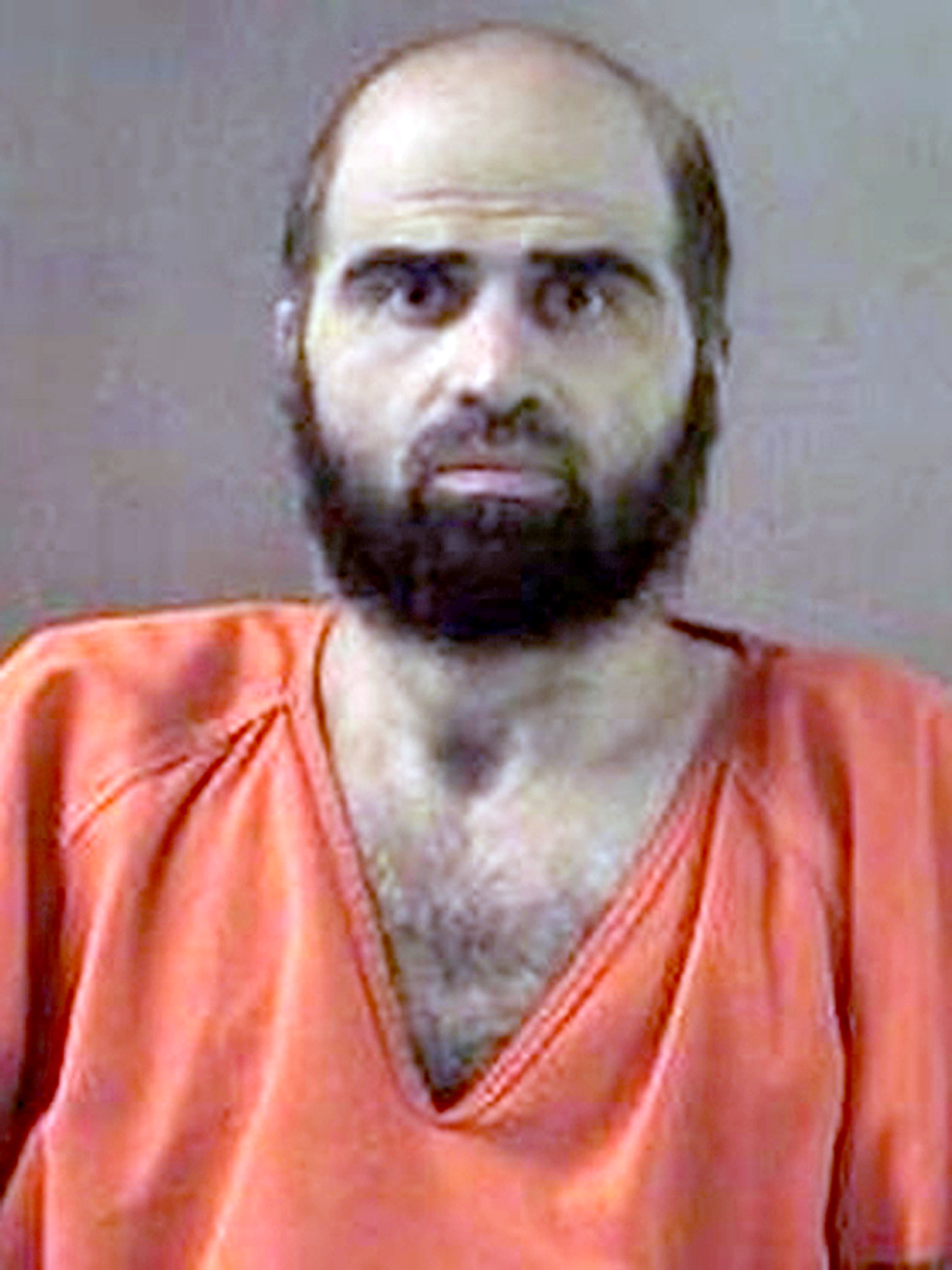It's been 10 years since Nidal Hasan killed 12 soldiers and one civilian during a shooting rampage at Fort Hood and six years since he was sentenced to die for the attack, but the former Army major is still a long way from facing the prospect of lethal injection.
The military-enforced death penalty, which includes a rigorous appeals process, is not a system built for speed.
Nor is it frequently used. The last U.S. military execution was in 1961, when an Army private was hanged for the rape and attempted murder of an 11-year-old girl.
“The fact is, the system is surprisingly slow at times ... even though prompt justice is one of the reasons to have a separate military justice system,” said Eugene R. Fidell, a Yale Law School lecturer on military justice. “Slow justice is a part of capital litigation generally in the country.”
The Trump administration's announcement last summer that federal executions will resume after a 16-year hiatus should have no immediate impact on Hasan, whose appeals still have untold years to run, Fidell said.
“There's no way to know how long,” he said. “It would be guesswork.”
John Galligan, a former defense lawyer for Hasan who still represents him on some civil matters, doubts Hasan will be put to death.
First, the military appellate courts have been more than willing to overturn other death sentences, and Hasan, who represented himself during his court-martial, has a number of compelling issues to raise about the fairness of his trial, such as whether lawyers appointed to support him did enough, Galligan said.
And then there’s Hasan’s poor health. When he visited Hasan on death row several months ago, Galligan said he was struck by how frail the 99-pound inmate, paralyzed and using a wheelchair after he was shot during his attack, looked.
“I'm confident he's not going to be put to death. I'm not too confident about how much longer he might languish on death row,” Galligan said. “One of the biggest concerns I have is whether or not he will survive the appellate process.”


Death Sentence
On Nov. 5, 2009, Hasan entered Fort Hood's Soldier Readiness Processing Center, shouted “Allahu akbar” — “God is greatest” in Arabic — and fired 214 rounds in a fast-paced attack inside and outside the center. Witnesses said he tended to target soldiers over civilians in the largest mass shooting on a military installation in U.S. history.
At his court-martial in 2013, Hasan acknowledged that he was the shooter, called no witnesses and offered no evidence before he was convicted of 13 counts of premeditated murder and 32 counts of attempted murder.
He was sentenced to death — under the Uniform Code of Military Justice, the only other option was life in prison without parole — stripped of his rank and dismissed from the Army.
Hasan, 49, has since been held at the U.S. Disciplinary Barracks at Fort Leavenworth, Kan. — the Defense Department's only maximum security prison, housing only male inmates.
He is one of four inmates on the military's death row, which is down an isolated corridor of the prison.
First stage of appeals
Hasan’s case is still before the Army Court of Criminal Appeals, the first stage of automatic appeals in the military system. That court has not yet begun looking at issues surrounding Hasan’s death sentence.
Instead, Hasan’s appointed lawyers from the Army Defense Appellate Division have been fighting over side issues, including unsuccessful attempts to see records that were sealed by a military judge as privileged information between Hasan and the lawyers who were on standby after Hasan was allowed to represent himself at his court-martial. The inmate has not granted his appeals lawyers access to the information.
Defense lawyers also tried to get the judges on the Army Court of Criminal Appeals disqualified from Hasan’s case, but a higher military court rejected that effort in April, only to grant a follow-up request to disqualify one judge on Oct. 24.
If the first appeals court eventually upholds Hasan’s death sentence, his case would proceed to the Court of Appeals for the Armed Forces, the military system’s highest court.
After that, the U.S. Supreme Court would get a chance to weigh in.
And because the president, as commander in chief, must approve all military executions, whoever is occupying the White House if or when Hasan gets that far will have the final say on his fate.